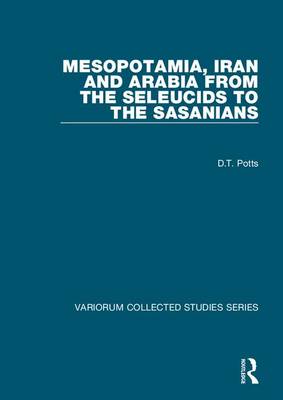Variorum Collected Studies
1 total work
Mesopotamia, Iran and Arabia from the Seleucids to the Sasanians
by D T Potts
Published 28 September 2010
This volume focuses on the period between the conquest of the Achaemenid empire by Alexander the Great and the advent of Islam, dominated in the central regions of the Near East by the Seleucid, the Parthian and the finally the Sasanian dynasties. Historiographically speaking, these periods have traditionally been dealt with by specialists in Classical archaeology, ancient history and late Antiquity. Much of the sense in which these periods represented a continuation of ancient Near Eastern traditions has thereby been lost. Many specialists in the 'late' periods have little awareness of scholarship on the very same regions and issues as dealt with by generations of scholars for the pre-Hellenistic Near East, while many students of the earlier periods fail to see that the processes and problems specific to the post-Hellenistic, pre-Islamic period in the region form part and parcel of the greater story of the ancient Near East through time. Brought together here are studies on the historical geography of Kerman and Khuzestan in the Seleucid period; the Greek and Parthian presence in Babylonia; popular religion and burial practice in Iran, Mesopotamia, and Arabia and the extent to which these do or do not reflect Zoroastrian orthodoxy; Roman, Parthian, Characene and Sasanian political influence, and its archaeological and iconographic manifestation, in the Arabian peninsula; and Nestorian Christianity in eastern Arabia. These studies demonstrate how extraordinarily rich a field exists for the further investigation of Mesopotamia, Iran and Arabia in the later pre-Islamic era.
